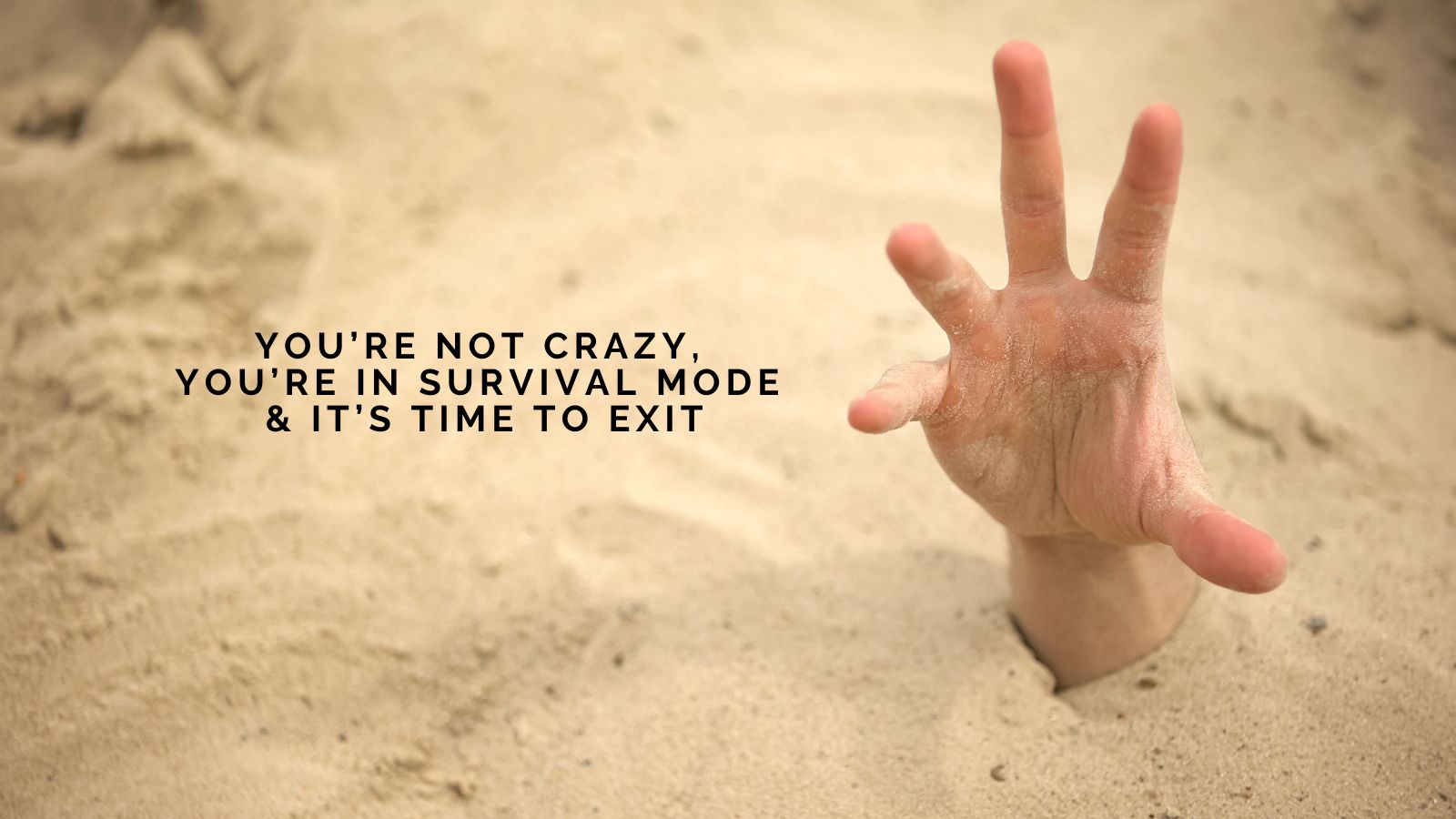
Today, we're diving whiskers-deep into a topic that's close to every animal lover's heart: training! But not just any training – we're talking about making it a brilliant, bonding experience for you and your four-legged legends. Forget the old-school notions; we're all about high-fives (or paw-fives!), wagging tails, and purring contentment.
So, buckle up, because we're about to explore the magic of positive reinforcement and have a little chinwag about other methods too. Let's get cracking!
The Golden Rule: Positive Reinforcement
You've heard the buzz, right? Positive reinforcement! It's the superstar of the training world, and for good reason. Simply put, it's about rewarding behaviours we want to see more of. Think of it like this: your cat finally uses the scratching post instead of your sofa? TREAT! Your dog sits patiently when the doorbell rings? TREAT!
Why is it so blooming brilliant?
It builds trust: When your pet associates you with good things (tasty treats, happy scratches, enthusiastic praise), they see you as a source of all things wonderful. This strengthens your bond like superglue!
It's stress-free: No shouting, no fear, no feeling like a drill sergeant. Training becomes a game, a fun interaction, and something your pet actually enjoys.
It makes them think! Instead of just reacting to commands, your pet starts to figure out that doing certain things leads to great outcomes. They become active participants in their learning.
It works for everyone! Yep, even your notoriously independent feline friend can get in on the act. Cats are clever; they just need the right motivation (often, it's a bit of tuna or a feather toy).
How to get started with this wizardry:
Find their currency: What does your pet absolutely adore? For dogs, it might be tiny bits of cooked chicken, cheese, or their favourite squeaky toy. For cats, it could be special treats, a quick play with a wand toy, or even a good chin scratch.
Timing is EVERYTHING: This is crucial! The reward needs to happen immediately (within 1-3 seconds) after the desired behaviour. This helps your pet connect the action with the goodie.
Keep it short and sweet: Especially when starting out, short training sessions (5-10 minutes) are much more effective than long, drawn-out ones. End on a high note!
Be consistent: Everyone in the household needs to be on the same page. If one person allows jumping up and another doesn't, your dog will be utterly confused.
Example in Action: Teaching "Sit" to your dog
Hold a treat near your dog's nose.
Slowly move the treat back over their head. As their head goes up, their bottom will naturally go down.
The moment their bum touches the floor, say "Yes!" (or click your clicker if you're using one) and give them the treat.
Repeat! Once they're reliably sitting, you can add the verbal cue "Sit" just as they're about to sit.
For cats: Think about clicker training for things like coming when called, sitting, or even high-fives! Yes, cats can do it!
What About Other Training Methods?
While positive reinforcement is our absolute go-to, it's worth having a quick natter about other approaches you might encounter.
Lure and Reward: We touched on this with the "sit" example. You use a treat to "lure" your pet into the desired position or action, then reward them. It's a fantastic starting point for teaching new behaviours.
Classical Conditioning: This is less about 'doing' and more about 'associating'. Think Pavlov's dogs! They learned to associate the bell with food. You can use this to help your pet form positive associations with things they might currently fear (e.g., associating the nail clippers with tasty treats).
Aversive Methods (and why we generally steer clear): This includes things like shock collars, harsh corrections, or physical punishment. While they might suppress a behaviour in the short term, they often work by creating fear or pain. This can damage your relationship with your pet, increase anxiety, and even lead to aggression. Our furry friends deserve so much more than that! We want them to learn out of joy, not fear.
"Alpha" or Dominance Theory (and why it's a bit of an old hat): This theory, suggesting you need to assert yourself as the "pack leader" over your dog, has largely been debunked by modern animal behaviourists. Dogs don't operate on strict dominance hierarchies with humans. They respond best to clear communication, consistent guidance, and positive leadership.
Training Challenges? You're Not Alone!
We all hit little bumps in the road. Maybe your cat thinks "stay" means "sprint into the next room" or your dog's recall is more "re-call them ten times and they might come back."
Here are some common challenges and quick tips:
Distractions are everywhere! Start training in a quiet, low-distraction environment, then gradually introduce more noise and activity as your pet gets better.
Patience, darling, patience! Learning takes time. Some pets pick things up faster than others. Celebrate small victories!Don't get frustrated. If you're feeling a bit annoyed, take a break. Your pet will pick up on your mood. Training should be fun for both of you.
Seek professional help! If you're really struggling with a particular behaviour, don't hesitate to reach out to a certified professional dog trainer or cat behaviourist. They can provide tailored advice and support.
The Best Bits: Beyond the Basics!
Once you've mastered the fundamentals, the world is your oyster!
Trick Training: High-fives, roll over, fetch – these are fantastic for mental stimulation and strengthening your bond.
Agility (for dogs): A brilliant way to burn energy and work as a team.
Scent Work: Dogs (and some cats!) love using their noses. Hide-and-seek with treats is a simple start.
Loose-Lead Walking: No more feeling like you're water-skiing behind your dog!
Polite Greetings: Teaching your dog not to jump on guests and your cat to be comfortable with visitors.
Training isn't about control; it's about communication, understanding, and building an incredible relationship with your furry family member. By embracing positive reinforcement, you're setting yourselves up for a lifetime of fun, respect, and mutual admiration.
So, go forth, grab those treats, and start making some wonderful training memories! Your pet (and your sofa) will thank you for it. What's your favourite training success story? Share your top tips in the comments below! Let's get the positive vibes flowing!





















